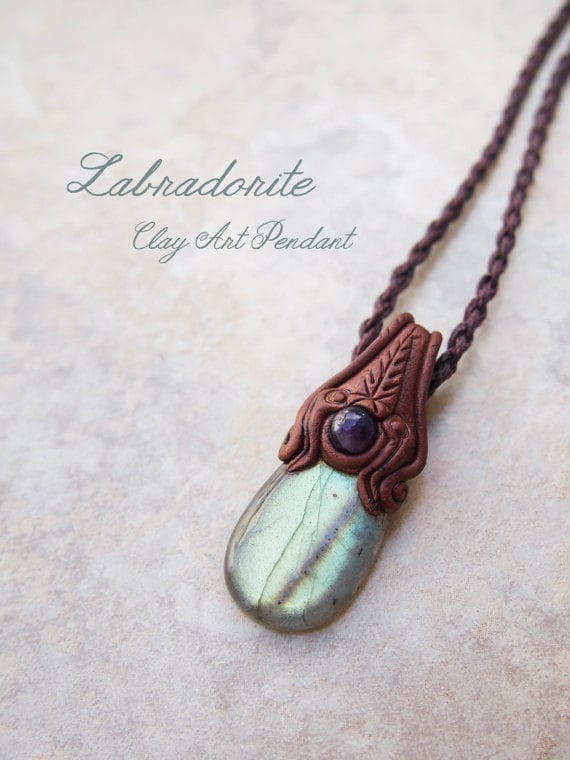
The term “ faience” is actually a misnomer, as it also refers, more accurately, to the maiolica originating from Faenza and other towns in northern Italy in the late fifteenth century A.D. Faience was inlaid into furniture and into walls as tomb and temple decoration ( 48.160.1 26.7.991). Some of the earliest faience objects made in Egypt were beads, soon followed by small votive temple offerings and royal tomb objects. Its technological refinement and major triumphs, however, were surely accomplished in Egypt. It may have been invented in the ancient Near East following the development of an alkaline glaze on quartz stones. and has occurred in various forms up to the present day. This man-made substance allowed the Egyptians to make a wide variety of objects covered in shiny, bright blue glaze-a color that was closely linked with fertility, life, and the gleaming qualities of the sun.įaience first appeared at the end of the fifth millennium B.C. Faience may have been developed to simulate highly prized and rare semi-precious blue stones like turquoise. While faience is made of common materials-quartz, alkaline salts, lime, and mineral-based colorants-it maintained important status among precious stones and metals.


For Egyptians, the sculptures, vessels, jewelry, and ritual objects made of faience glimmered with the brilliance of eternity. In ancient Egypt, objects created with faience were considered magical, filled with the undying shimmer of the sun, and imbued with the powers of rebirth.


 0 kommentar(er)
0 kommentar(er)
